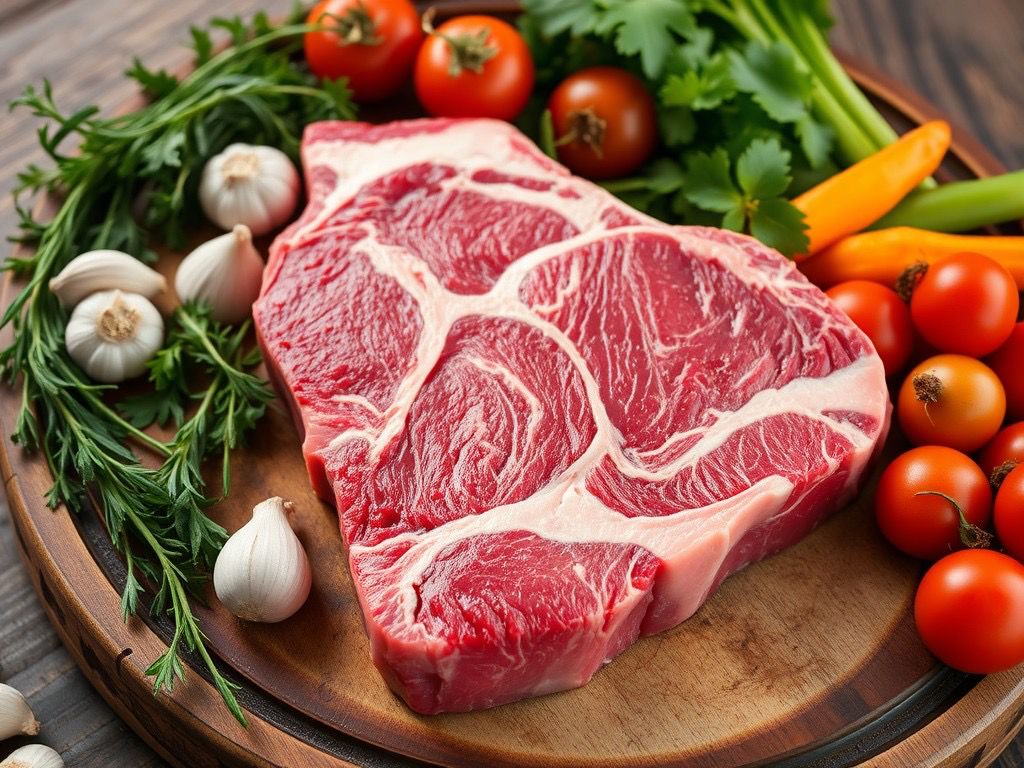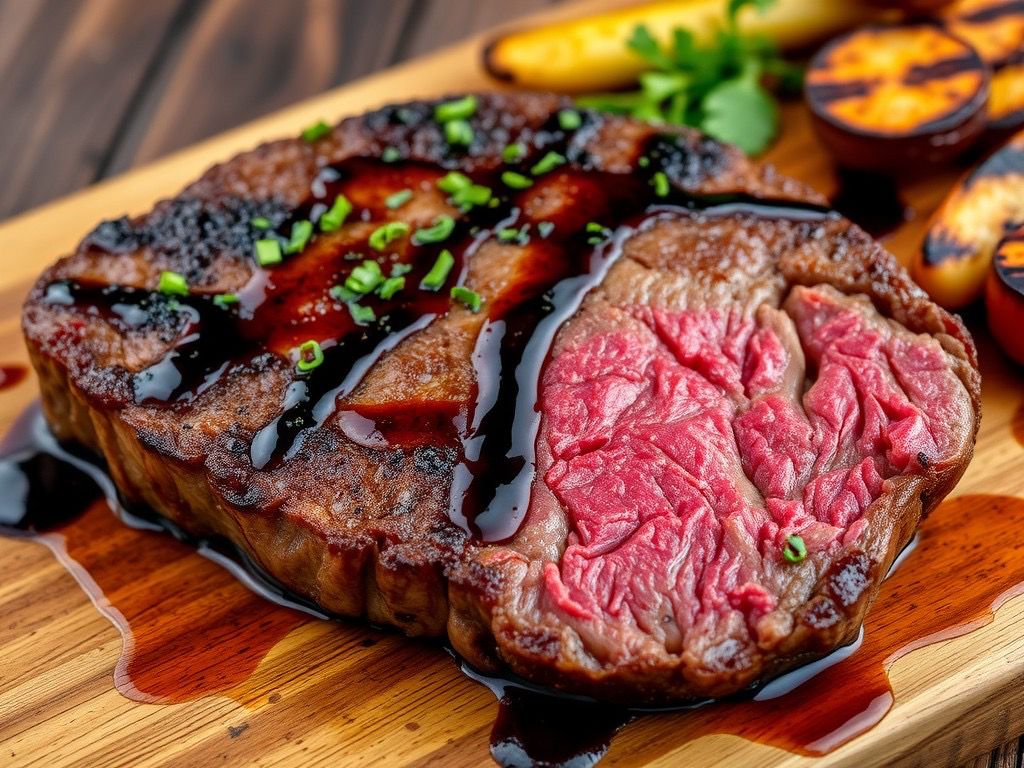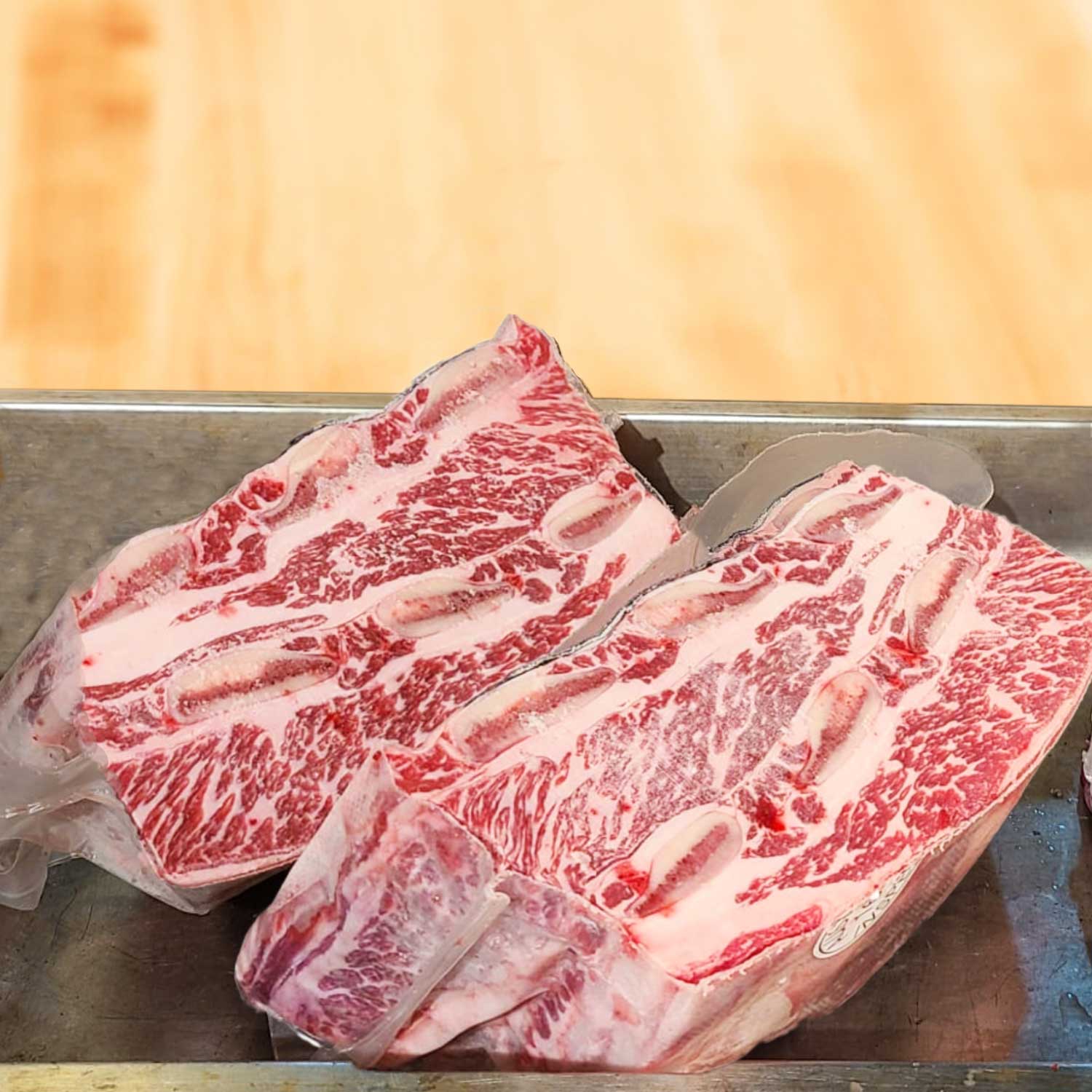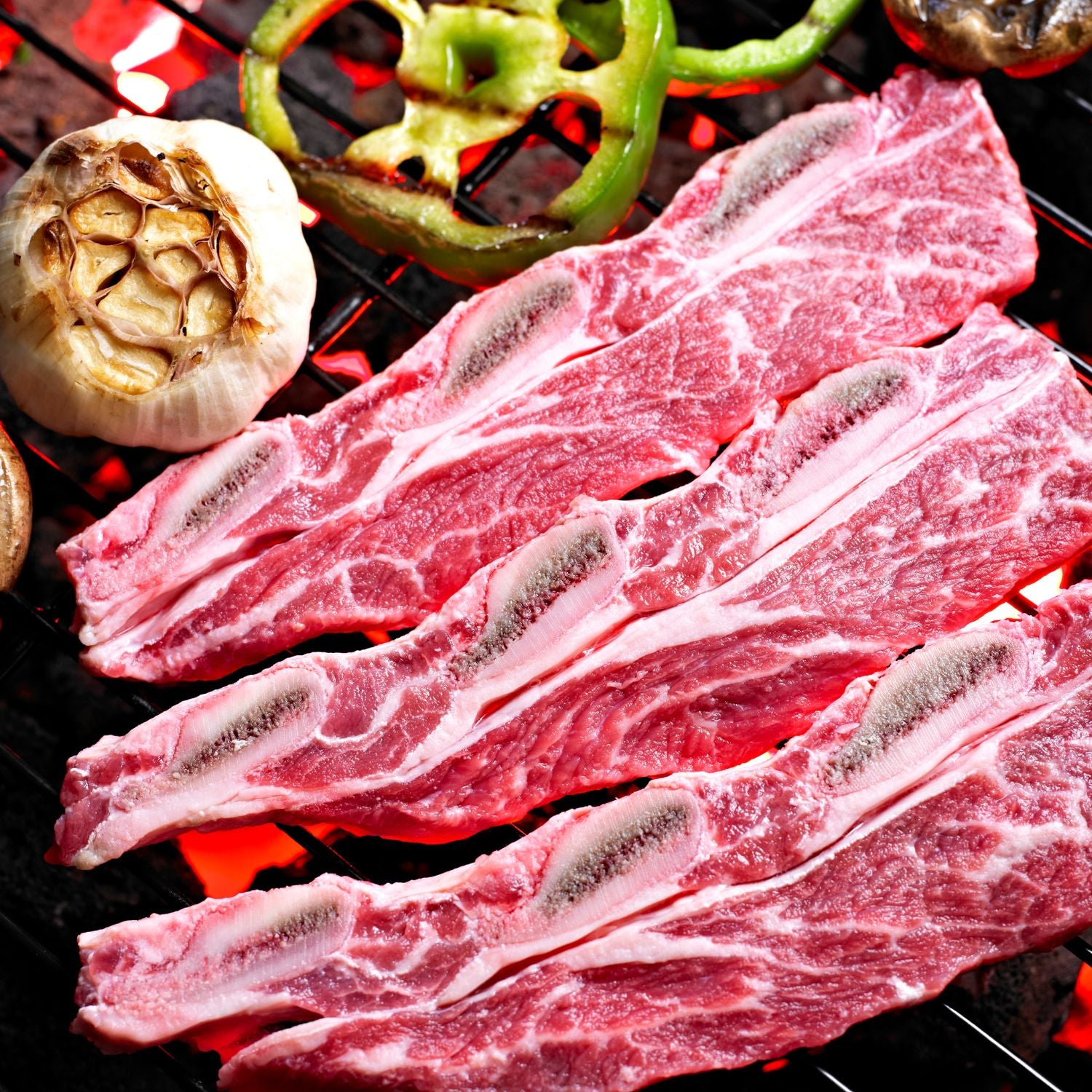Understanding Wagyu: The Art and Science Behind the Taste
The Origins of Wagyu: A Journey Through Japan's Culinary Heritage
The tale of Wagyu beef starts in Japan. This beef is prized worldwide. Its history is deep. In Japan, Wagyu means 'Japanese cow'. Cattle breeds like Kobe, Matsusaka, and Ohmi are famous. These breeds each have unique flavors. Japan has strict rules for raising Wagyu. The process is full of care and respect. It's a true craft. Chefs and diners honor this tradition. They appreciate the beef's quality and taste. In Hong Kong, chefs serve top Wagyu dishes. They follow the same respect for this culinary art.

How Wagyu Beef is Graded: Assessing Quality and Tenderness
Wagyu beef is known for its quality. The beef is graded on fat marbling and color. The grading scale ranges from A to C. A is the best, with more marbling. Marbling is fat that makes the meat tender. The color shows the meat’s freshness. In Japan, grade A5 is the top. Hong Kong follows similar standards. Look for high grades when buying. This will ensure a tender, flavorful steak.
The Role of Feeding and Cooking Techniques in Wagyu Quality
The taste of Wagyu beef is influenced by its diet and cooking methods. Feed for Wagyu often includes grains, and fine elements like beer. This helps to create the unique marbling that Wagyu is known for. Meanwhile, cooking techniques like low-temperature grilling help to preserve this. They also enhance the beef's natural flavors. Ways to cook Wagyu include searing, broiling, and using a sous vide machine. Each technique brings out different aspects of its taste profile. Chefs often finish with a light seasoning, to not overpower the beef's rich taste. These approaches ensure that the essence of Wagyu's quality is brought forward in every bite.
The Grass-fed Advantage: Health and Flavour Benefits of Hong Kong's Best
The Nutritional Value of Grass-Fed Beef
Grass-fed beef from Hong Kong stands out for its health perks. It's rich in Omega-3 fats and has fewer calories. These cows eat a natural diet, which boosts the beef's vitamin levels. This type of beef also has more antioxidants. It helps lower bad cholesterol in our bodies. People in Hong Kong choose grass-fed beef for its quality and health benefits.
Taste Comparisons: Grass-Fed vs. Wagyu Beef
When it comes to beef, taste is king. Hong Kong offers both Wagyu and grass-fed beef.
Wagyu is famous for its rich marbling, which gives a buttery flavor.
Grass-fed beef offers a more robust taste. It has less fat but more beefy flavor.
Chefs in Hong Kong debate: which is better? The answer often depends on personal taste.
Wagyu tends to be tender and juicy. It has a distinctive, slightly sweet taste.
Grass-fed beef is leaner. Its taste can vary with the grass it has eaten.
For a simple comparison, think of Wagyu as creamy and rich. Grass-fed is earthy and firm.
Both types have a place on Hong Kong's diverse culinary scene. Each has unique taste appeals.
In the end, whether to choose Wagyu or grass-fed, may hinge on your flavor preferences.
Sustainability and Ethical Considerations in Beef Farming
Grass-fed beef farming is seen as a more sustainable practice for the environment. It does not rely on feed made from grains, which often require pesticides and fertilizers to grow. The cattle contribute to ecosystem health by grazing, which helps to maintain the balance of natural grasslands. Moreover, this type of farming tends to have better welfare standards. The cows are allowed to roam freely, leading to less stress and healthier animals. This approach reflects a commitment to both ethical treatment of livestock and the production of high-quality beef in Hong Kong.
Cooking with Confidence: Tips and Recipes for Wagyu and Grass-Fed Steaks
Preparing Wagyu and Grass-Fed Steaks: Techniques and Tips
Cooking the perfect steak is an art. Here are some tips. Start with room temperature steaks. Use salt and pepper for seasoning. Sear on high heat for a crust. Finish cooking on low. Let it rest before slicing. Happy cooking!
A Guide to Pairing Wines with Your Choice of Steak
Selecting the right wine enhances a steak's flavor. Full-bodied reds pair well with fatty Wagyu. For hearty grass-fed steaks, try a bold Cabernet Sauvignon. Pinot Noir is a versatile option for any beef cut. Serve the wine at the right temperature for the best taste.
Innovative Recipes for Beef Tail, Rib Eye, and Rib Steaks
- Beef Tail Deluxe Stew: A slow-cooked wonder, bringing out the rich flavors of the tail.
- Sous Vide Rib Eye Perfection: Discover how precision cooking elevates this premium cut.
- Grilled Rib Steaks with Rosemary: Infuse your steaks with aromatic herbs for an outdoor feast.




















